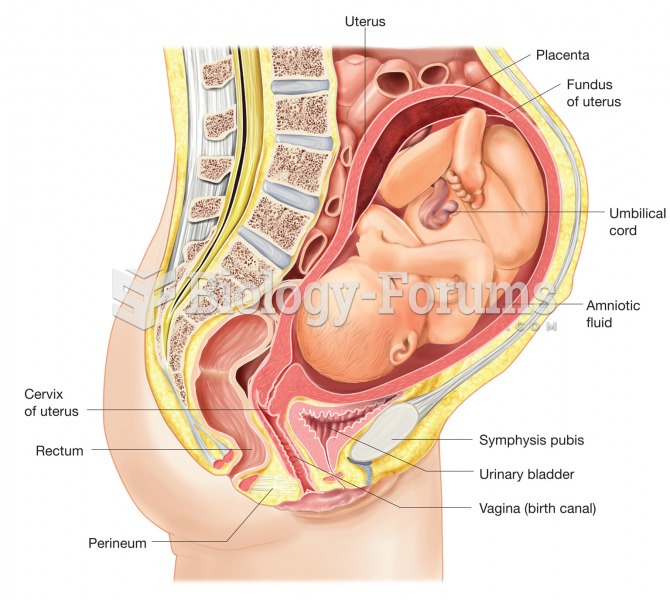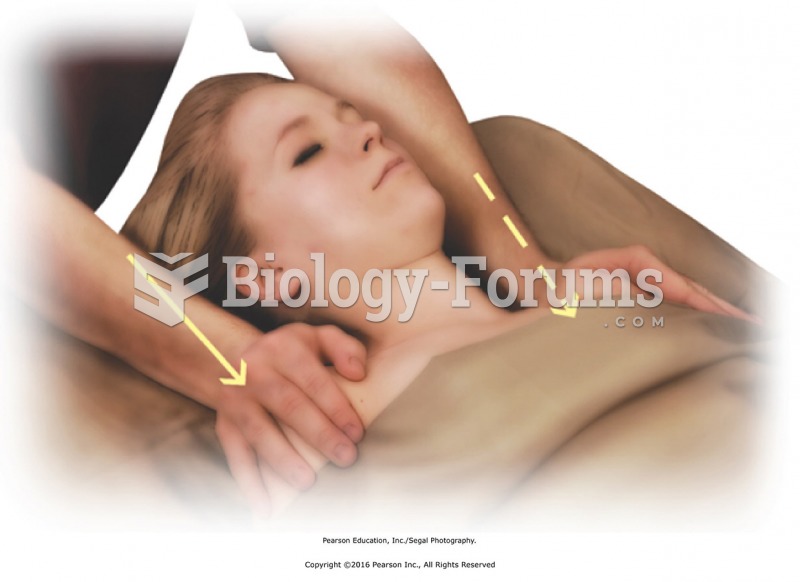|
|
|
The cure for trichomoniasis is easy as long as the patient does not drink alcoholic beverages for 24 hours. Just a single dose of medication is needed to rid the body of the disease. However, without proper precautions, an individual may contract the disease repeatedly. In fact, most people develop trichomoniasis again within three months of their last treatment.
Congestive heart failure is a serious disorder that carries a reduced life expectancy. Heart failure is usually a chronic illness, and it may worsen with infection or other physical stressors.
Individuals are never “cured” of addictions. Instead, they learn how to manage their disease to lead healthy, balanced lives.
Approximately 25% of all reported medication errors result from some kind of name confusion.
Nitroglycerin is used to alleviate various heart-related conditions, and it is also the chief component of dynamite (but mixed in a solid clay base to stabilize it).
 A full-term pregnancy. Image illustrates position of the fetus and the structures associated with pr
A full-term pregnancy. Image illustrates position of the fetus and the structures associated with pr
 Good contact feels full, confident, and deliberate and establishes a warm connection between massage ...
Good contact feels full, confident, and deliberate and establishes a warm connection between massage ...
 Mobilize chest and shoulders with cat paw movement. Move your hands just superior to their position ...
Mobilize chest and shoulders with cat paw movement. Move your hands just superior to their position ...




